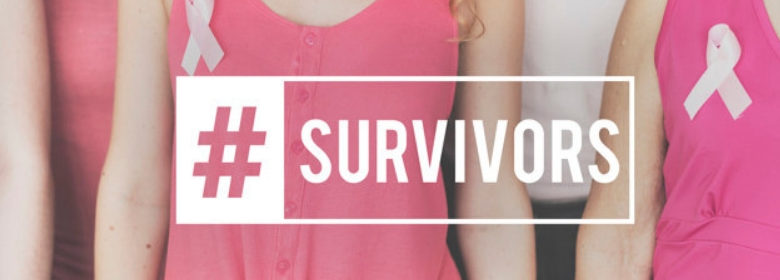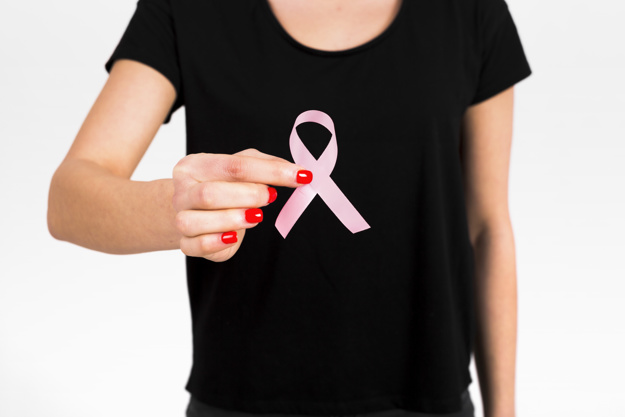All that you need to know about breast cancer!

Studies suggest that one in eight women will face breast cancer in their lifetime. That’s why it’s important to distinguish the facts from fiction.
In this article, you’ll learn about the signs and symptoms of breast cancer, along with it’s known causes and how to reduce your risk of getting breast cancer.
The Burden of Breast Cancer
Breast cancer is one of the most common cancers to affect women worldwide, and is increasing particularly in developing countries where the majority of cases are diagnosed in its late stages.
What causes breast cancer?
Breast cancer is thought to be caused by a combination of our genetic factors, lifestyle choices and the surrounding environment.
There are many factors that influence the risk of developing breast cancer. One of the biggest risk factors is age, as four out of five breast cancers occur in women over the age of 50.
Sometimes, breast cancer runs in the family but most of the time women with breast cancer do not have a family history or the faulty genes linked to breast cancer.
Risk of developing breast cancer can be lowered by making lifestyle changes such as drinking less alcohol, maintaining a healthy weight and being regularly physically active.
How to be breast-aware
Being breast aware simply means knowing what your breasts look and feel like normally, being on the lookout for any unusual changes and getting them checked out by your family doctor
It’s as simple as TLC…
Touch
your breasts. Can
you feel anything unusual?
Look
for changes. Is there any
change in shape or texture?
Check
anything unusual with
your doctor.
No one knows your body better than you do and everyone will have their own way of touching and looking out for the changes – there’s no special technique and no training is required.
Early detection
The earlier breast cancer is detected, the better the chances of successful treatment.
All women should be breast aware regardless of age as most breast cancers are found by women noticing unusual changes, taking the initiative and visiting their doctor.
How is it treated?
Most women with breast cancer will have to undergo more than one treatment. The choice of treatments – and the order in which they are given – may vary on the particular circumstances of the patient and the cancer. Women usually have surgery to remove cancerous tissue from the breast, and also from the armpit if affected.
Afterwards, they often receive additional treatments to reduce the risk of the cancer returning or spreading. These may include radiotherapy, chemotherapy and other drugs.
Key message
Early detection is essential in order to improve breast cancer outcome and survival remains the cornerstone of breast cancer control. Risk of developing breast cancer can be reduced by making changes such as drinking less alcohol, maintaining a healthy weight and being regularly physically active.

